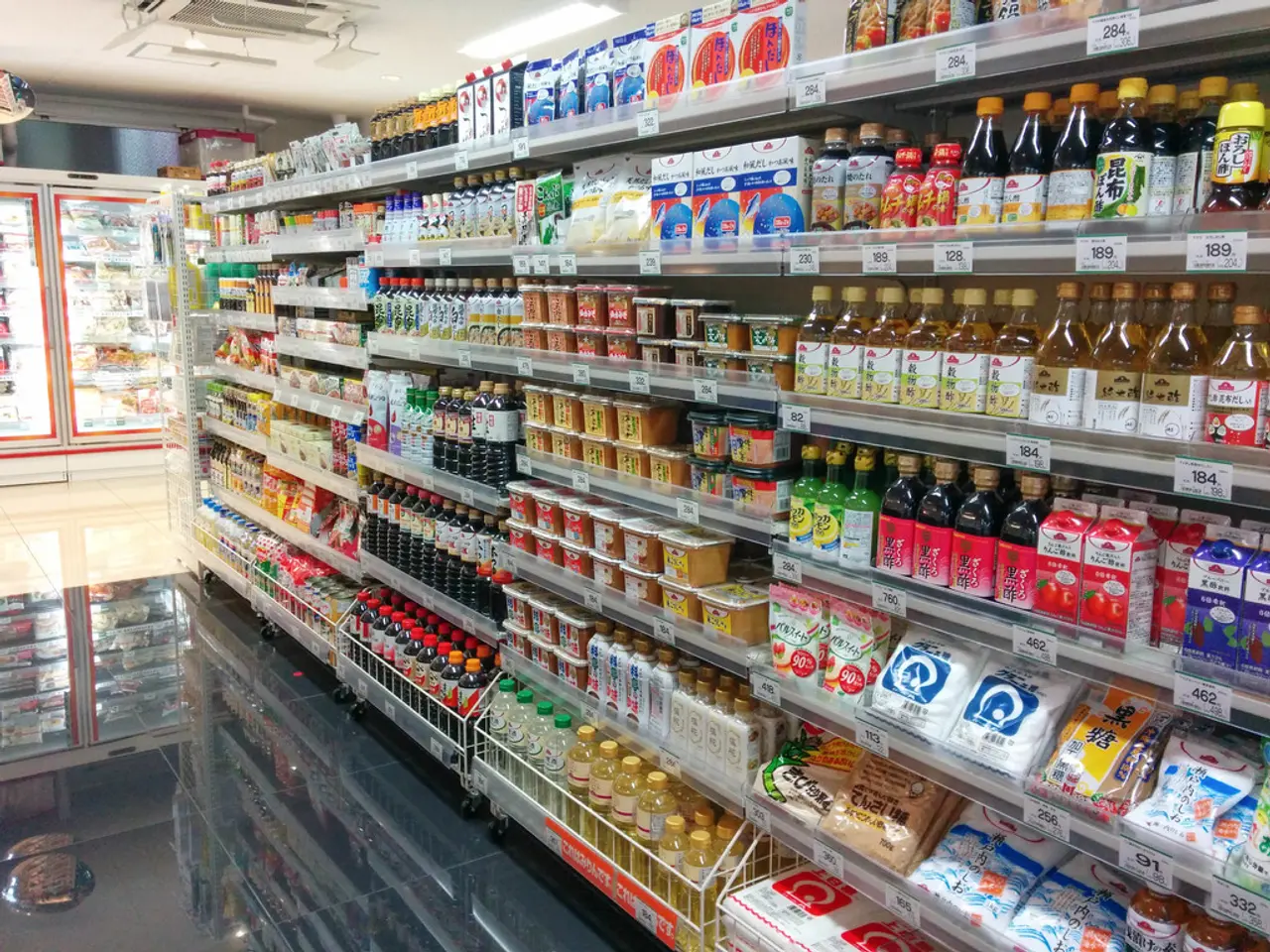Struggling Middle Class Amid Pandemic Unrelenting Struggles Persist
The wealth gap in the United States has significantly influenced consumer spending and retail businesses, both before and during the COVID-19 pandemic.
Before the pandemic, slower wage growth for lower- and middle-income households limited their consumption capacity, while higher-income households had more spending power, contributing to inequality in spending patterns. During the pandemic, government stimulus payments temporarily reduced inequality and supported consumption for many households. However, the pandemic has highlighted the disparate economic effects on different income groups.
In retail, this divergence has manifested in shifting patterns of spending. For instance, grocery store sales surged during lockdowns, but post-pandemic, there has been a consumer splurge on experiences such as dining out, benefiting restaurants significantly more than food retailers. However, grocery and food stores have increased their profit margins through price hikes and tactics like shrinking package sizes ("shrinkflation"), which put pressure on lower-income consumers facing higher food costs.
On the other hand, ecommerce and general merchandise retailers that cater to a wide range of incomes have gained market share from traditional food and beverage stores.
The uneven income distribution means that lower-income groups, who tend to spend a larger share of their income on consumption, face more challenges when incomes stagnate or transfers (like Medicaid and welfare) are reduced, potentially dampening overall economic growth and retail demand among these consumers. Meanwhile, higher-income consumers can sustain or increase spending, particularly on services and experiences, contributing to varied impacts across retail sectors.
Jonathan Walker, executive director of The Center for the New Middle Class, emphasizes the importance of retailers treating their customers and employees as stakeholders. He also notes that 50% of people, even those doing okay, are one unexpected expense away from being broke.
The pandemic has seen jobless claims spike, with nearly a million claims in the first week of 2021. The Conference Board recorded a deterioration in consumer confidence last month.
Companies like Costco, known for higher-than-average wages and benefits in the industry, treat not just shareholders but also employees, customers, and communities as stakeholders in their enterprises. This approach could make a big difference in the retail sector, according to Walker.
In conclusion, the U.S. wealth gap has deepened differences in consumer spending behavior and retail outcomes, with lower-income consumers facing more constraints and supermarkets adjusting pricing strategies to maintain profits, while higher-income consumers have driven a post-pandemic surge in experiential spending like dining out. Retailers would do well to have a "chief customer officer," tasked with understanding the situation of their customers, according to Walker.
- The economy's uneven recovery post-pandemic is evident in the finance sector, with personal-finance challenges persisting for many households.
- The disparity in household incomes has become increasingly apparent in the housing market, as higher-income consumers are able to invest in real estate more than their lower-income counterparts.
- The manufacturing industry has also been impacted by the wealth gap, as research suggests that investment in AI and energy-efficient technology is more prevalent in high-income areas, leading to significant advantages in productivity and innovation.
- The education sector has seen a digital divide emerge during the pandemic, as students from low-income households have struggled to access quality online learning resources, exacerbating long-term inequalities in opportunities.
- The wealth gap in the United States has influenced policy-making, with calls for fairer taxation and social safety net reforms growing louder as the pandemic has laid bare the impact on different income groups.
- In the context of the space race, the government has prioritized investments in commercial space industries, which are dominated by higher-income investors and companies, raising concerns about accessibility and equity in the sector.
- The business world continues to be shaped by the wealth gap, as finance firms and corporations with more resources are better equipped to respond to technological advancements and international market trends.
- The health sector has been impacted by the wealth gap as well, with disparities in access to quality healthcare and better outcomes for higher-income patients.
- The uneven income distribution in the United States has implications for the country's long-term economic growth and stability, as well as for the overall well-being of its citizens, emphasizing the need for a comprehensive approach to addressing inequality.




